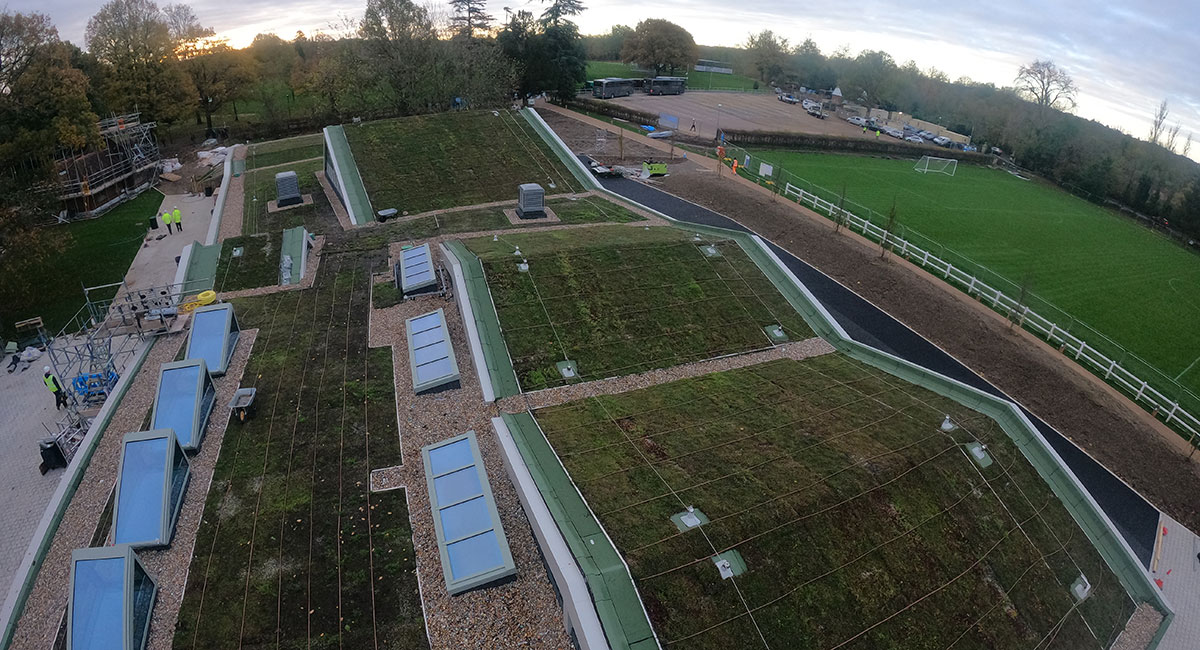Green Roofing

Green Roofing
A green roof, also known as a living roof, is a roof of a building that is partially or completely covered with vegetation and a growing medium, planted over a waterproofing membrane. It may also include additional layers such as a root barrier and drainage and irrigation systems.
Green roofs have a number of benefits, including:
- Reduced stormwater runoff: Green roofs can absorb and filter rainwater, which can help to reduce stormwater runoff and flooding.
- Improved air quality: Green roofs can help to improve air quality by absorbing pollutants and particulate matter from the air.
- Reduced energy consumption: Green roofs can help to reduce energy consumption by providing insulation and shading.
- Increased biodiversity: Green roofs can provide habitat for a variety of plants and animals.
- Enhanced aesthetic appeal: Green roofs can add beauty and interest to a building.
There are two main types of green roofs:
- Extensive green roofs: Extensive green roofs are typically shallow, with a depth of 2 to 6 inches. They are made with lightweight materials and require minimal maintenance.
- Intensive green roofs: Intensive green roofs are deeper, with a depth of 6 inches or more. They can support a wider variety of plants, including trees and shrubs. They require more maintenance than extensive green roofs.
Green roofs are a sustainable and environmentally friendly way to improve the performance of buildings. They offer a number of benefits, including reduced stormwater runoff, improved air quality, reduced energy consumption, increased biodiversity, and enhanced aesthetic appeal.

